Why Write About Fat?
It’s the word that strikes fear into the heart of dieters, athletes, and anyone who is trying to eat nutritiously and stay active and healthy — FAT! However, fat is quite misunderstood. It has a function and a purpose in our diets and for our bodies. Amelia Finaret, PhD, RD, LDN from Titusville Area Hospital, wants us to have a better understanding of and relationship with fat, because above all else, if we can’t enjoy eating healthy, then what’s the point? After all, “fat makes things tasty!”
Is Fat Good or Bad? Both?
Amelia Finaret, PhD, RD, LDN
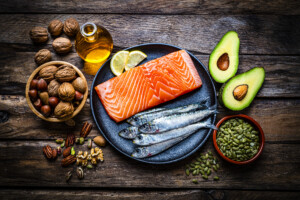
Fat is not bad for you! Dietary fat, also known as lipid, has many important functions, including providing dense energy, providing raw materials to produce important compounds like Vitamin D, absorbing your fat soluble vitamins like Vitamin A, and having a nice mouthfeel for foods. Mouthfeel, if you are not familiar with that term, is the physical sensation of food in your mouth, and a good mouthfeel increases the satisfaction of food.
Along with the important dietary functions of fat, fat stored on the body also has important functions. It is an efficient store of energy during times of illness or low food intake. It also allows for insulation from the cold and from injury. It also protects and cushions internal organs. Also, fat is a main component of cell membranes all over your body.
Fats are found in all kinds of foods. Some animal sourced foods are good sources of dietary fat, such as beef, pork lamb, poultry, milk, cheese, ice cream, yogurt, butter, and eggs. Plant-based foods are also sometimes a good source of dietary fat, including baked goods, nuts, vegetable oils, and avocados. These various foods have different types of predominant fats.
Types of Fats, Including Essential Fats
The main types of fats are saturated and unsaturated. Saturated fats are solid at room temperature, and unsaturated fats are liquid at room temperature. Some fats are monounsaturated, which means that there is only one carbon double bond. The best sources of monounsaturated fats are olive oil, canola oil, and avocados/avocado oil, as well as nuts like almonds and hazelnuts. Polyunsaturated fats have more than one carbon double bond. Good sources of polyunsaturated fats are corn oil, soybean oil, sunflower oil, walnuts, and flaxseed oil. Most foods with fat contain a mix of saturated, monounsaturated, and polyunsaturated fats.
Another important type of fat is essential fatty acids, which include Omega-6 and Omega-3 fatty acids. Omega-3 fats are needed for brain health and eye development. Animal fats and tropical oils are mostly saturated, such as coconut oil, butter, beef, palm oil, and lard. Some vegetable oils such as olive oil and canola oil, are mostly monounsaturated. Many vegetables oils are rich in polyunsaturated fats, including safflower oil, sunflower oil, corn oil, and soybean oil.
Good sources of omega-6 fatty acids include vegetable oils, meats, poultry, and eggs. Good sources of omega-3 fatty acids are ground flaxseed, fatty fish like mackerel, salmon, bluefish, mullet, sablefish, anchovy, herring, sardines, and some nuts like walnuts. Human milk is also a great source of omega-3 fatty acids for babies.
General Guidelines About Fat Intake
There are some general guidelines for wellness about how much dietary fat people should consume each day. Fat should comprise about 20-35% of daily energy intake. Out of this amount, saturated fat should be limited to about 7-10% of daily energy intake. In addition, consume about 0.5 grams of Omega-3 fatty acids per day, and focus on food sources of unsaturated fat to comprise most of your fat intake.
Enjoy fatty fish, ground flaxseed, olive oil, canola oil, avocados and avocado oil, almonds, macadamia nuts, pecans, and walnuts. Be aware that serving sizes for higher-fat foods tend to be smaller because they pack more energy into smaller amounts!
Remember, this is not meant to be specific medical advice for anyone facing certain diseases. Please talk to your physician or your dietitian to learn more. ∎
Good Fat Summary and Suggestions
Like all good things, fat included, you can have too much if you’re not careful! Develop an understanding of good fats and their daily intake suggestions as outlined above. The American Heart Association is a great resource for heart-healthy recipes featuring some of these good fats. Amelia selected the recipes below as great starting points if you are looking to try something new that is a source of good fat!
Selected Recipes from the American Heart Association
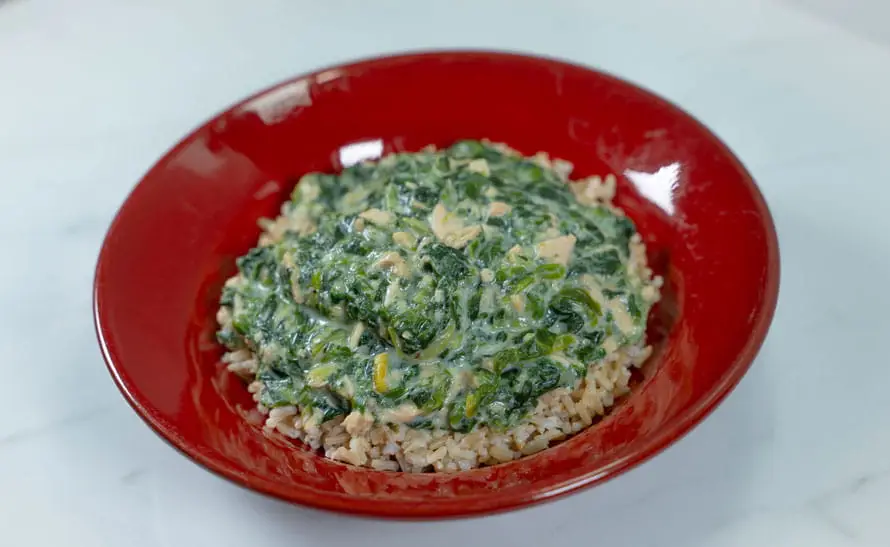
Creamed Spinach with Salmon
This dish works well with brown rice or farro. Watch the video at the below link to see how the sauce is made. From there, it is just a matter of adding the spinach and salmon — super simple!View the recipe at: recipes.heart.org.
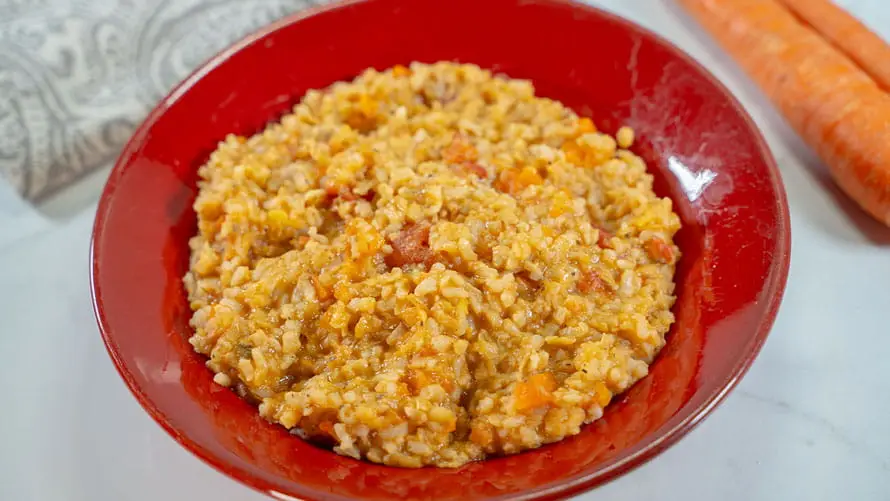
Red Lentils with Vegetables and Brown Rice
This dish takes some time to simmer once the main ingredients are assembled, but it’s worth the wait! In addition to essential fats, this is packed with fiber and uses brown rice or quinoa — your preference!View the recipe at: recipes.heart.org.
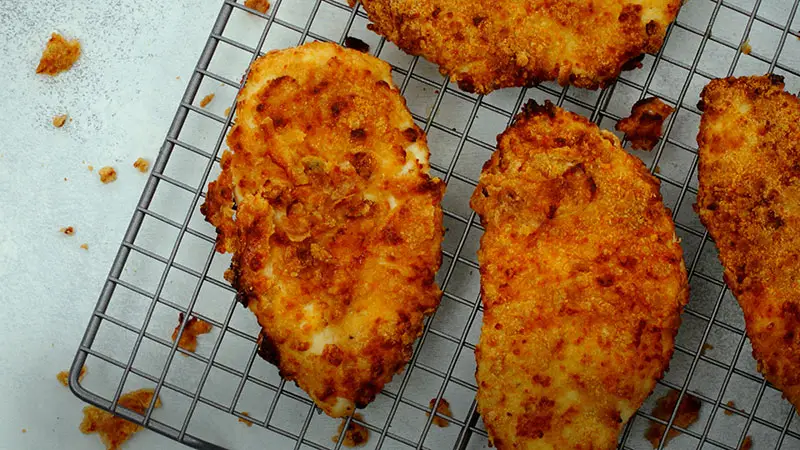
Air Fryer Crispy (unfried) Chicken
This dish has all the flavors and crunchy textures of an American classic without the extra saturated fat and calories! If you’re looking for a lean, crispy chicken recipe, this is the one you will need to learn to make time and time again.
View the recipe at: recipes.heart.org.
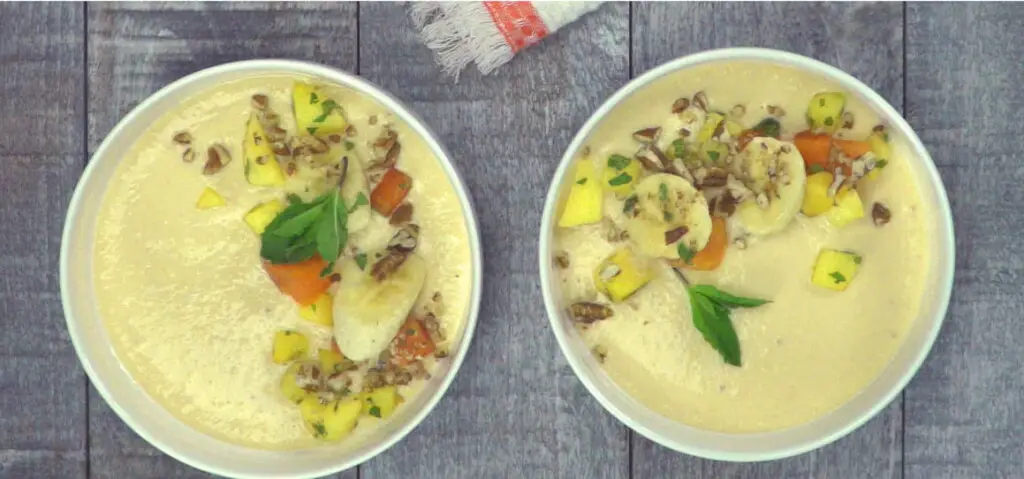
Tropical Fruit Smoothie Bowl
If you love tropical fruits (fatty acids in fruit? yes!) like banana, papaya, mango, and pineapple, then you’ll be delighted with this filling and refreshing smoothie bowl! It’s great for a dessert, a snack, perhaps even a sweet and crunchy breakfast!
View the recipe at: recipes.heart.org.


